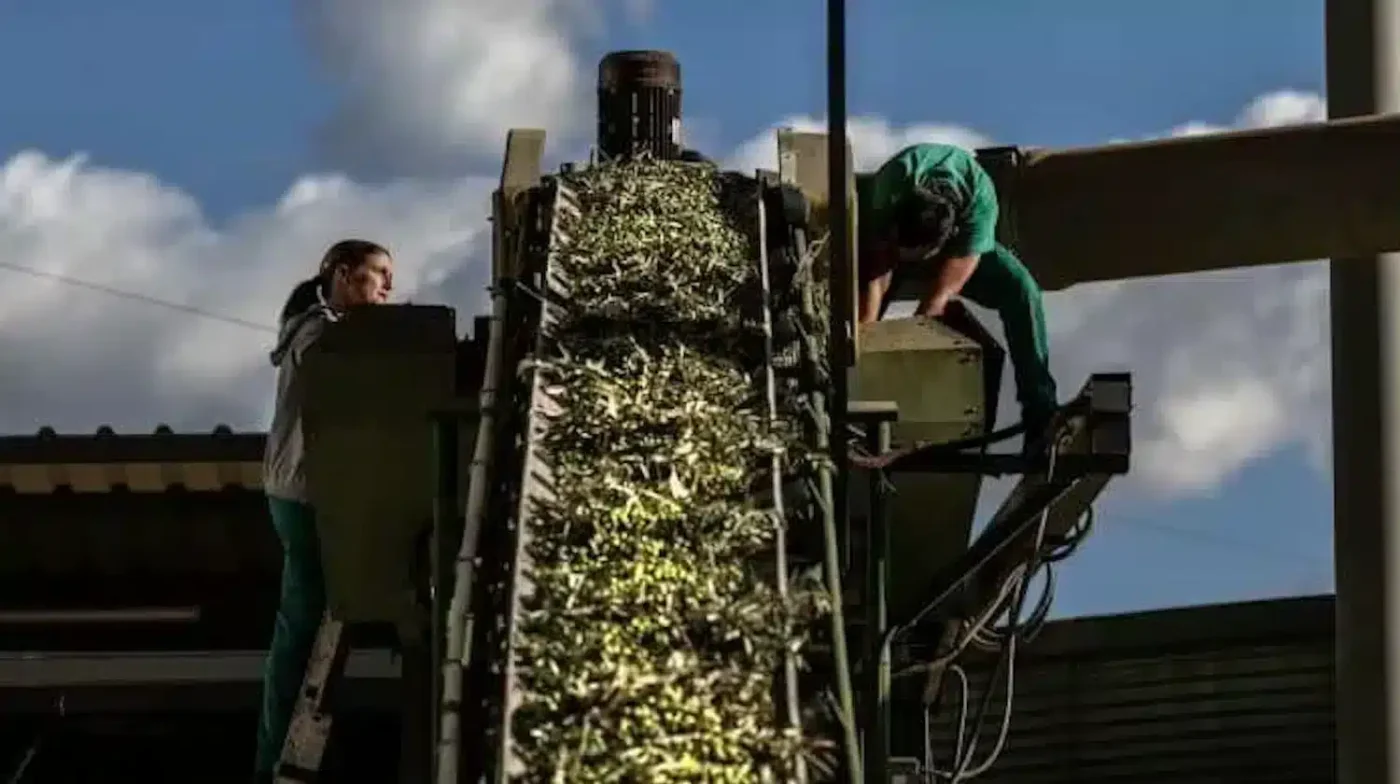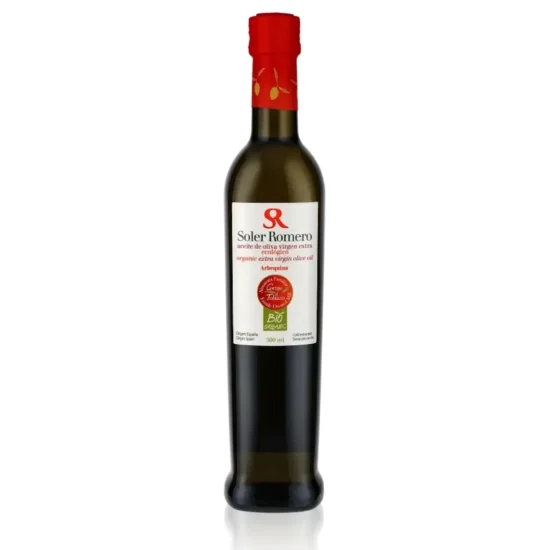
Olive Oil Prices
Olive oil prices are rising further into record territory after a prolonged period of unusually dry weather in southern Europe has damaged crops. European prices first reached above €4 per kilo in September but have now soared to more than €7 per kilo due to high temperatures and lack of rainfall in Spain, the world’s largest producer, as well as in Italy and Portugal.
“We’ve had a very poor harvest, prices have never been higher, and concerns extend beyond the season we’ve just had,” said Kyle Holland, oilseeds and vegetable oils analyst at Mintec, the commodity data firm.
Spanish authorities say the devastating effects of heat waves and water shortages demonstrate the urgency of addressing climate change, but next week’s elections could install a new, less convinced government.
The issue has become a hot topic in Spain, where olive oil is a commodity with a major influence on economic sentiment. Some major investors have warned that climate change could prove a lasting support for global inflation, partly because of the impact on food prices and partly because of the huge sums governments must spend to mitigate or reduce it.
The EU says it produces two-thirds of the world’s olive oil, with the United States, Brazil, and Japan among the top destinations. In the UK, the average price of a bottle of olive oil rose 47% in the year to May, according to the Office for National Statistics.
Producers in southern Europe had total stocks of approximately 205,000 metric tons of olive oil at the end of June, down from 265,000 tons at the end of May, according to Mintec.
“I can’t reiterate how low that is; it’s completely unheard of in the market,” Holland added. “This isn’t just your really high qualities; it’s all olive oil.” Spain produced only 620,000 tons of olive oil during the 2022-23 harvest, down from 1.5 million tons the previous year.
Supplies are being depleted by about 80,000 tons every four weeks, meaning stocks are likely to be very low in the three months before the start of this year’s harvest, which typically lasts until February.
The declining production figures mean the outlook for the next quarter is bleak, said Asaja, an agricultural lobby group. “There is tension in the market, so if prices go anywhere, they will go up,” said Luis Carlos Valero of Asaja in Jaén, the capital of olive oil production in Andalusia.
A third of the country is suffering from a “prolonged drought,” according to the Environment Ministry. Water levels in Spain’s reservoirs fell last week by the largest margin in 10 months.
Scorched parts of Spain received welcome rains in June, reducing water stress on olive trees, but farmers’ groups said they came too late to fuel an increase in the fruit they produced.
Juan Vilar, an olive oil analyst and professor at the University of Jaén, said prices were also rising because farmers’ costs had increased due to higher interest rates and fertilizer price inflation driven by the energy crisis.
Olive oil prices have reached record levels due to the prolonged drought in the world’s leading producer, Spain, and high prices are expected to remain for some time. “The issues contributing to prices trending near record highs are largely poor weather and a severely dry growing period across much of the Mediterranean, but particularly in Spain, which is a major producer and exporter of olive oil,” said Mintec’s oilseeds and vegetable oils analyst, Kyle Holland.
When renowned Spanish-American chef José Andrés tweeted that eggs should be fried in olive oil a finger deep, one user commented: “Olive oil can be expensive at a finger deep. What’s an alternative for those of us on a budget?”
According to data from the International Monetary Fund, global olive oil prices reached $5,989.8 per metric ton, marking a 26-year high. And the high prices could remain “for some time,” said Mintec oilseeds and vegetable oils analyst Kyle Holland.
As a result of “extremely poor” weather conditions, he said, the recent October-February olive harvest produced a 50% lower yield than usual, reducing global supply and driving up prices.
“The extremely poor weather conditions meant that… Spain produced an olive oil crop of around 630,000 metric tons, below the usual harvest of 1.4 to 1.5 million metric tons,” he said. Furthermore, the outbreak of war in Ukraine, which created a global shortage of sunflower oil, further boosted demand for olive oil.
Olive trees grow in hot, dry climates, with optimal temperatures ranging between 60 and 80 degrees F, but Spain experienced “very dry” weather in March, recording only 36% of the average monthly rainfall, according to the country’s Ministry of Ecological Transition. The country experienced 36 consecutive months of below-average rainfall. And if the weather doesn’t improve, the next harvest could face an even worse yield.
“There could be a similar or even lower harvest than that produced in the previous season, according to market participants, who also say prices could remain at current levels for some time,” Holland said.
“It appears that the ongoing drought in Europe, most significantly in Spain’s largest olive oil-producing region, has caused a global shortage of olive oil,” David Valmorbida, president of the Australian Olive Oil Association, told CNBC.
Demand pressures are putting further strain on already challenged supply chains. Demand for olive oil has been strong in recent years: prices have increased since 2020 because consumers ate and cooked at home more frequently during and after the Covid-19 pandemic, Valmorbida said.
With production declining due to extreme heat waves and the ensuing drought, the Spanish region of Andalusia, the world’s largest olive oil-producing region, will see yields drop to half of their usual levels. “Consumers have already begun to substantially reduce their olive oil consumption, firstly by being less generous in their use, but secondly by switching to vegetable or seed oils, or various oil blends,” said one analyst.
Changing consumer habits could alleviate some of the pressure. However, he maintained that a baseline demand for olive oil as a healthy and natural product “will remain at almost any price.” “Without an increase in rainfall, we could continue to see historically high prices of €5 per kg or more until the 2023/24 harvest year.”
Important Note: aceitedelcampo.com promotes the consumption of extra virgin olive oil for its culinary qualities and health benefits. However, no medication or current treatment should be replaced without the guidance of a healthcare professional.




ALZAYT EXPORT SL
info@aceitedelcampo.com
C/ Eduardo Bosca 19, 2-5
46023 Valencia
Subscribe and receive a coupon by email for your next purchase.